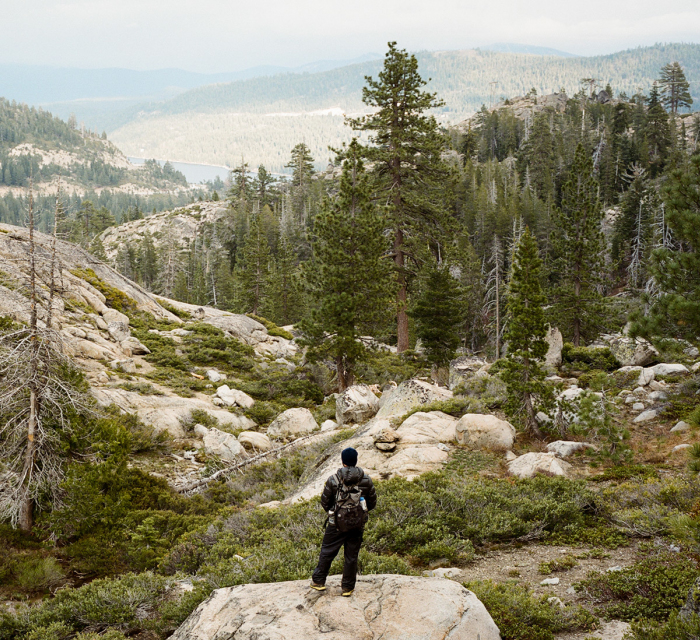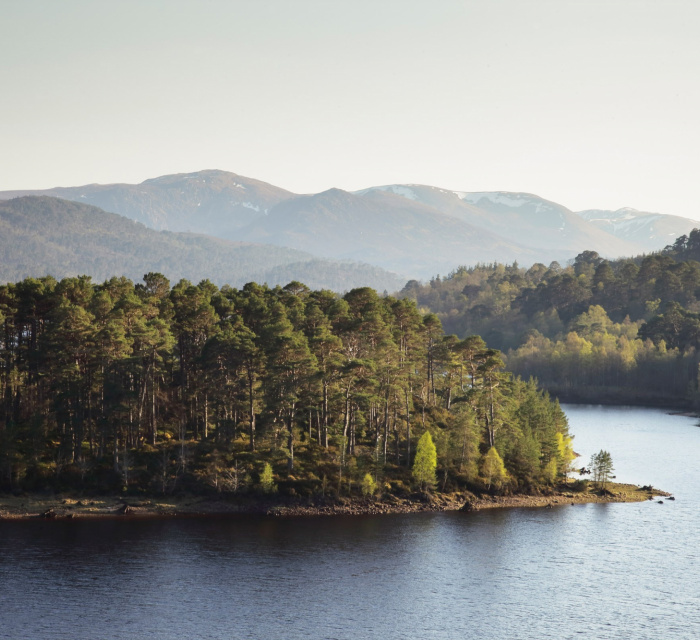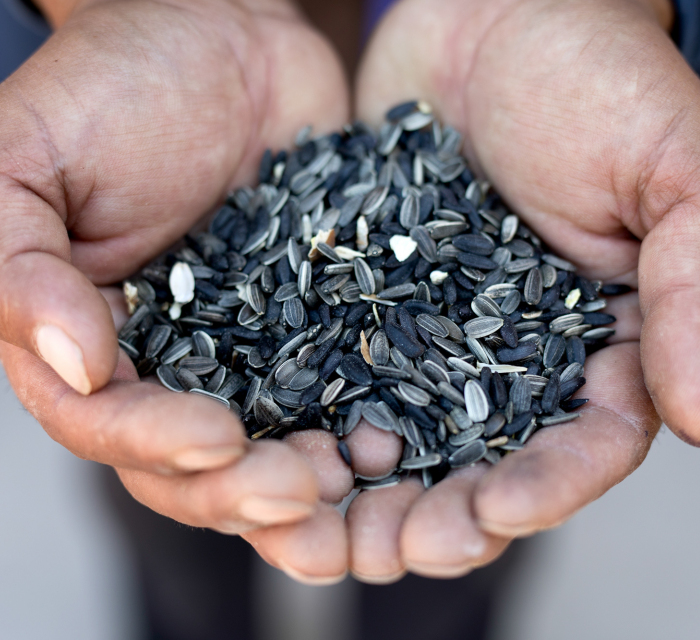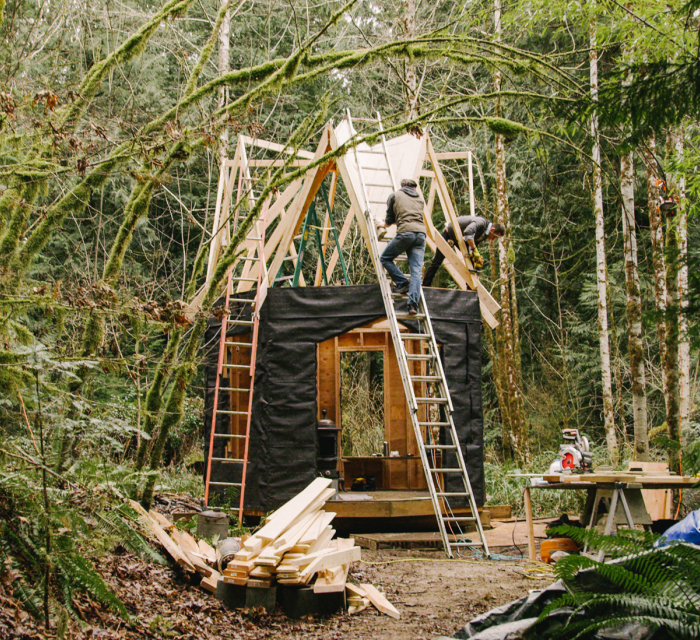The Earth has existed for almost 4.5 billion years and life upon it for nearly as long, beginning 3.8 billion years ago as unicellular organisms and patiently evolving through a vast concatenation of eons to become plants, animals and beings of infinite complexity. Ceaseless cycles of birth, growth, demise and cataclysms have endowed our planet with the wealth of diversity we see today. But gateways to the distant past still exist. Buried in its stratum of sedimentary rock, some of Earth’s primitive lifeforms have been preserved as fossils – geological records of extinct organisms that offer retrospective glimpses in time to what our land and seas would have once sustained, and to all manner of fascinating creatures that roamed upon it and proliferated deep within its inky waters.
As revealing vestiges of the past, fossils play a crucial role in shaping our view of the world as it once was; they reanimate a time that has long ceased to exist and help us theorise about the intricacies of its course. As far back as the 1600s, and possibly further, ‘fossil hunters’ have been stumbling across remarkable finds that have influenced science – from Reverend Robert Plot’s discovery of a dinosaur femur in 1676, to venerable history makers of the 1800s such as Mary Anning, Edward Drinker Cope and Barnum Brown, discoverer of the infamous Tyrannosaurus rex. Today, Earth’s prehistoric fossil caches continue to be released from their sedimentary tombs much to the delight of modern-day fossil hunters and enthusiasts.










































